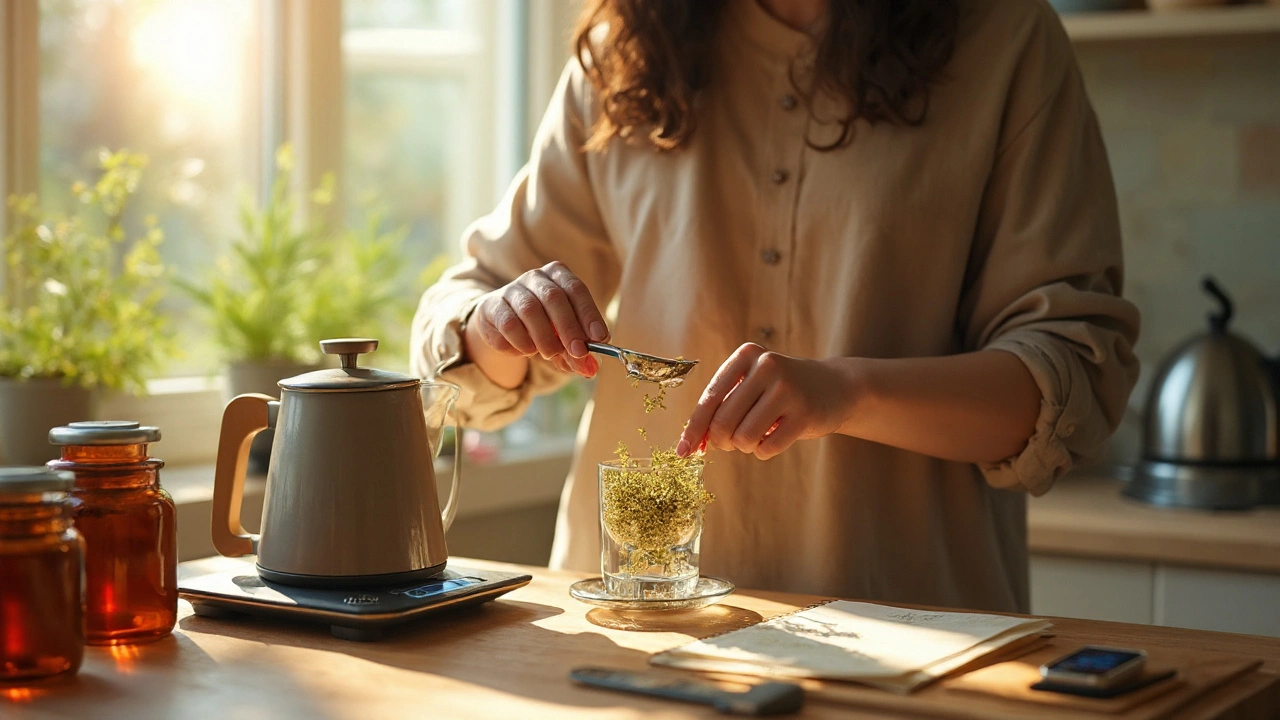Galium verum – Your Quick Guide to Sweet Woodruff
Ever walked through a meadow and noticed a faint, sweet scent that reminds you of freshly cut hay? That’s often Galium verum, also called sweet woodruff. It’s a low‑grower herb with tiny white flowers and bright green leaves that many cultures have used for centuries. If you’re curious about what it can do for you, how to use it safely, and where to find it, you’re in the right place.
What is Galium verum and how do you spot it?
Galium verum belongs to the Rubiaceae family, the same family as coffee. It thrives in dry grasslands, forest edges, and sometimes even on rocky slopes across Europe and parts of Asia. Look for a plant about 10‑30 cm tall, with whorls of 4‑6 leaves around each stem node and tiny star‑shaped white flowers that bloom from June to August. The leaves have a slight whiff of vanilla because they contain coumarin – the compound that gives the herb its sweet aroma.
Traditional and modern uses – what can sweet woodruff do?
Historically, sweet woodruff was a staple in folk medicine. People brewed it into tea to calm nerves, used it as a mild diuretic, and even added it to wreaths for its scent. In cuisine, the dried herb flavored German May wine (Maibowle) and sweet desserts.
Modern research is still catching up, but a few studies highlight a few promising actions. Coumarin shows mild anticoagulant properties, so small amounts of the herb may support healthy blood flow. Antioxidant tests suggest it can help neutralize free radicals, which is good news for skin health. Some small trials report that a sweet woodruff tea can ease mild anxiety and improve sleep quality – likely thanks to its soothing aroma.
If you’re looking to try Galium verum, here are the most common ways:
- Tea or infusion: Steep 1‑2 grams of dried herb in hot water for 5‑10 minutes. Drink once or twice daily for a calming effect.
- Herbal tincture: Mix 1 part herb with 5 parts alcohol, let sit for 2‑3 weeks, then strain. A few drops under the tongue can deliver a quicker boost.
- Culinary use: Sprinkle dried leaves over salads, desserts, or fruit punches for a subtle vanilla note.
When it comes to dosage, less is more. Start with 1 gram of dried herb per day and see how you feel. If you tolerate it well, you can increase to 2‑3 grams. For tinctures, 10‑20 drops once a day is a safe starting point.
Safety tips and things to watch out for
While sweet woodruff is generally safe in culinary amounts, the coumarin content can become an issue at high doses. Too much coumarin may interfere with blood clotting, especially if you’re already on blood thinners like warfarin. Pregnant or breastfeeding women should avoid large amounts because the safety data is limited.
Also, the plant can be confused with some poisonous relatives, such as Galium aparine (cleavers), which has a different leaf pattern. If you’re harvesting from the wild, double‑check the leaf arrangement and flower shape, or better yet, buy from a reputable herb supplier.
Allergy reactions are rare, but if you notice itching, rash, or stomach upset after using the herb, stop immediately and consult a health professional.
In short, Galium verum is a pleasant‑smelling herb with a handful of traditional uses and emerging health perks. Use it modestly, respect the dosage limits, and you’ll likely enjoy its gentle calming effect without any trouble.

- Aug, 31 2025
- Comments 14